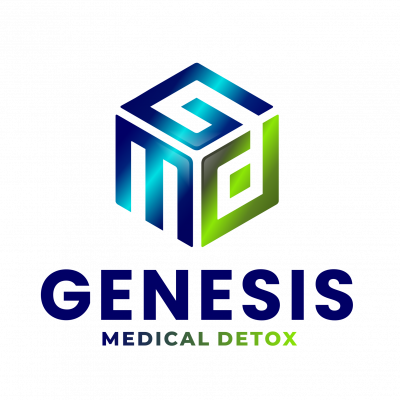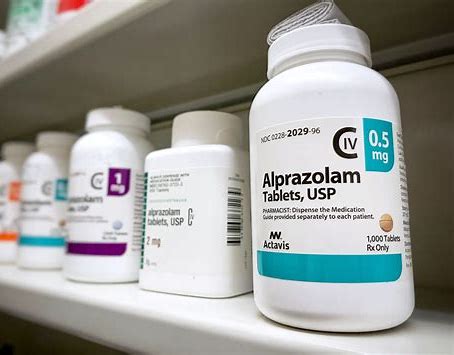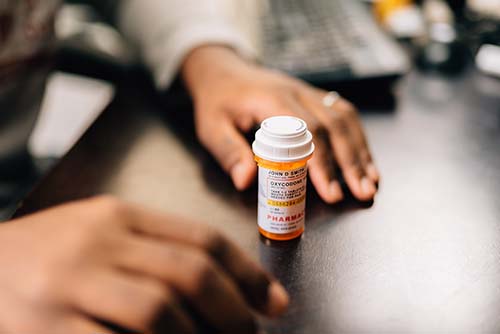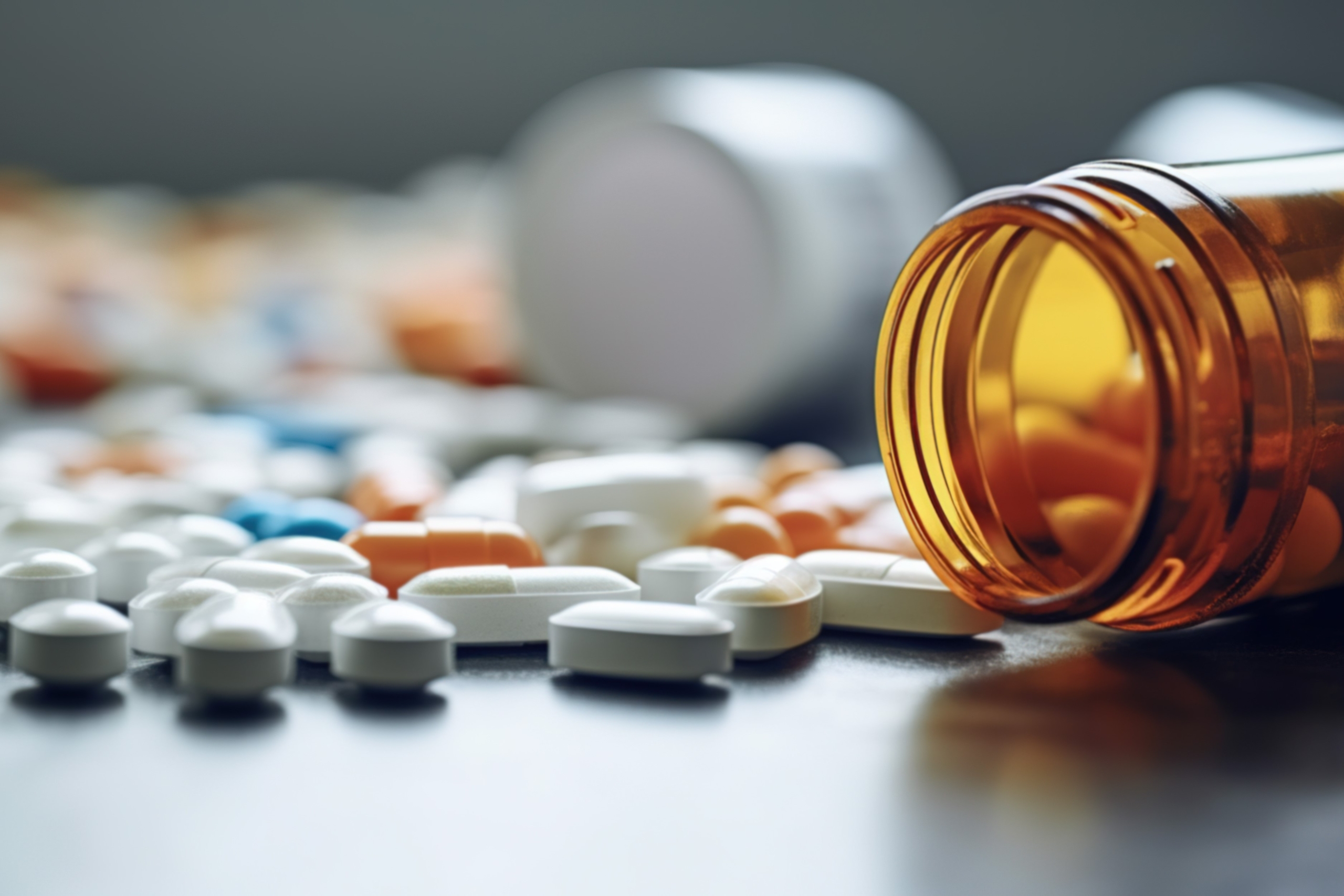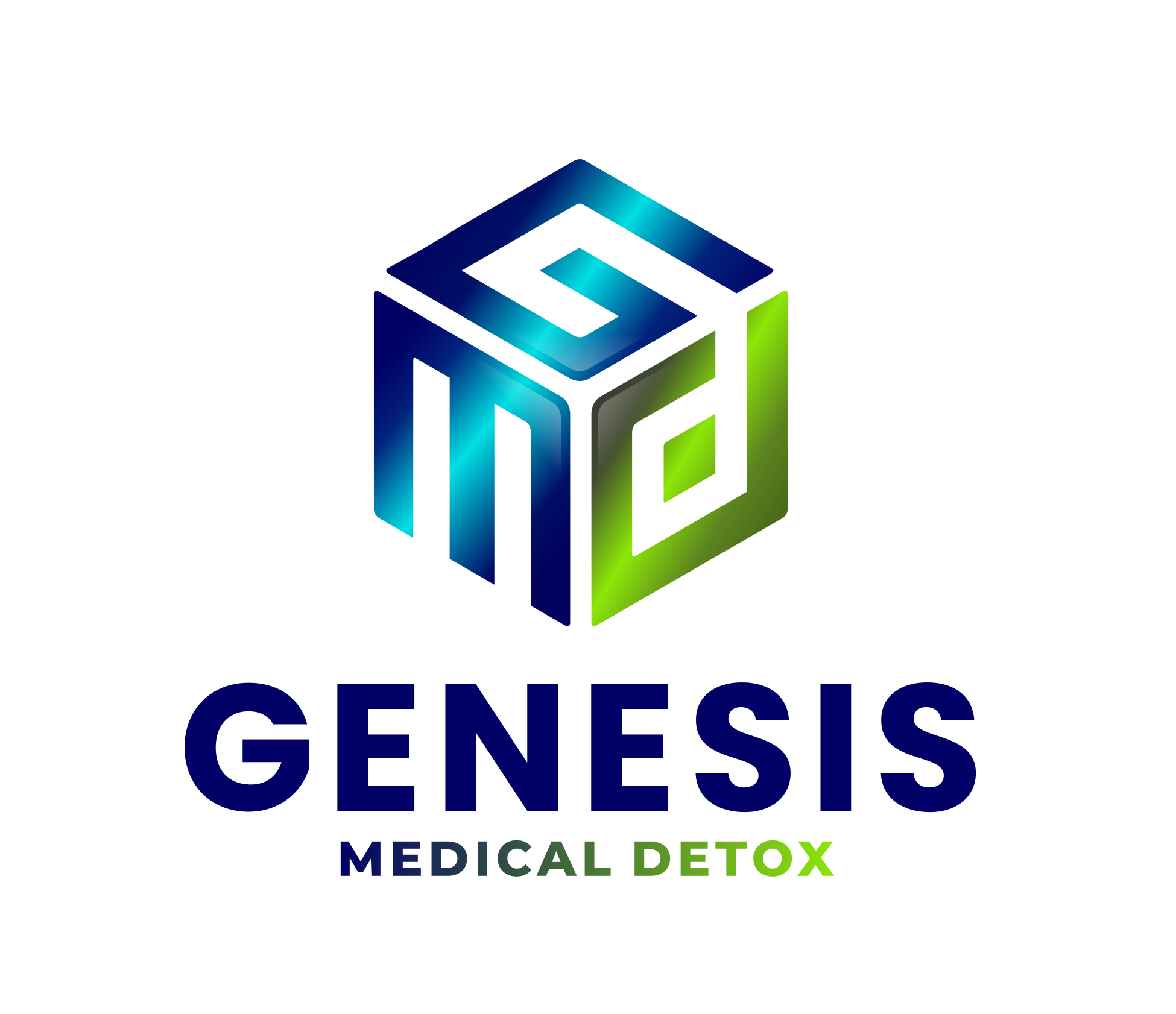The mission of Genesis Detox Center is to offer compassionate, supportive, and appropriate medical care to individuals who are struggling with the devastating effects of heroin addiction.
If you are concerned that a loved one or someone you know is struggling with heroin misuse, seeking professional treatment is the best recourse you can take. Here is what you need to know about this substance.
What Is Heroin?
The poppy plant, scientifically known as Papaver somniferum, is responsible for the production of opium. The term “narcotic” is used to describe substances like opium, opium derivatives, and semi-synthetic alternatives derived from opium.
Opium is a potent narcotic that serves as the foundation for various products such as morphine, codeine, oxycodone—and heroin.
Pharmaceutical heroin (also called diacetylmorphine or diamorphine) is a powerful pain medication that is classified as a narcotic analgesic. It is commonly prescribed to manage severe pain.
On the other hand, illegal heroin refers to a raw form of diamorphine known for its highly addictive, rapidly acting nature. The substance comes in different forms, such as a white or brown powder or a sticky black substance called black tar heroin.
Frequently, heroin is mixed with other drugs or regular household substances like sugar or powdered milk for illegal sale. Consequently, individuals who consume this substance, whether they are struggling with heroin addiction or are engaging in one-time use, often lack awareness of the precise amount of heroin they are using, which increases the risk of experiencing an overdose.
Street Names for Heroin
Raising awareness about heroin addiction and the presence of this harmful substance necessitates understanding nicknames and slang or “street” terms associated with specific drugs and drug use. Individuals often employ inventive names and abbreviations to mask their conversations, making them appear harmless and avoiding suspicion from authority figures.
Some of the most common street names for heroin include:
- Brown, Brown Sugar
- China White
- Dope
- H, Hero
- Horse, White Horse
- Junk, Skunk
- Mud
- Skag
- Smack
What Does Heroin Look Like?: Different Types
Heroin typically comes in four different forms, namely: black tar, brown, white, or liquid.
Black Tar Heroin
Black tar heroin, which is sometimes referred to as black dragon, is a type of heroin that has a sticky consistency similar to tar or a solid texture resembling coal. It is commonly consumed by either smoking it or melting it for injection into a vein.
Other types of heroin need to undergo further purification steps after acetylation. With black tar heroin, the process typically ends at this step. In short, black tar heroin refers to a form of diacetylmorphine that is diluted, contaminated, or impure.
Unfortunately, black tar heroin is commonly misused because it is often more affordable compared to other types and does not necessitate sophisticated laboratory equipment.
Liquid
Black tar heroin may also come in the form of a liquid when it is heated and combined with warm water. Liquid heroin is often offered in tiny eye dropper bottles, making it harder for law enforcement to find than powder or tar.
White Powder
It is a common misconception that white heroin is purer and safer to use since it must undergo an additional step that makes its production more labor-intensive than that of brown heroin. However, even this substance can sometimes be adulterated with fillers like sugar or starch. Since white heroin’s high melting and boiling temperatures make it undesirable for smoking, injections and nasal insufflations are the most prevalent routes of administration.
Brown Powder
Brown heroin is considered to be a lower-quality form of heroin due to its less refined nature compared to white heroin. Because of brown heroin’s low solubility and low burning temperature, it is frequently consumed through smoking rather than through injection or nasal inhalation.
Short and Long-Term Effects of Heroin Misuse
Short-Term Effects
Individuals with heroin addiction or who regularly engage in heroin misuse commonly describe experiencing a sudden and intense feeling of pleasure from the drug. The strength of the high is typically determined by two factors: the amount of drug consumed and the speed at which it enters the brain and attaches to the opioid receptors.
Short-term side effects of heroin include:
- Warm flushing of the skin
- Dryness in the mouth
- Feelings of heaviness in the limbs.
- Nausea
- Vomiting
- Intense itching
Following the initial impact, individuals typically experience drowsiness for a few hours. Mental abilities become impaired, and heart rate and breathing slow down significantly. When breathing slows down, it can potentially result in a coma and irreversible brain damage.
Long-Term Effects
Continued use of heroin alters the physical structure and functioning of the brain, leading to negative imbalances in the brain and hormonal systems that may take a long time to reverse.
Individuals dealing with heroin addiction or who regularly engage in prolonged heroin use may experience a range of adverse health effects. Some potential issues that may arise include:
- Mental disorders
- Liver, kidney, and lung disease
- Abscesses
- Infectious diseases, including HIV and hepatitis
- Bacterial infections affecting the skin, bloodstream, and heart
- Collapsed veins
How Heroin Addiction Develops
Heroin addiction develops when increasing doses of the drug are needed to obtain the same effects as before. In some individuals, the body may even develop a tolerance to the drug and experience mild to severe withdrawal symptoms when consumption is suddenly decreased.
- Increased blood pressure
- Sleep problems
- Dilated pupils
- Excessive sweating
- Nausea and vomiting
- Diarrhea
- Body pains
- Anxiety
- Depression
- Fatigue
- Irritability
- Memory problems
- Decreased cognitive functioning
- Cravings
The symptoms experienced during heroin withdrawal can be quite uncomfortable and distressing, often causing individuals to revert back to using heroin. With this in mind, it is important to undergo proper medical detoxification under the care of a qualified healthcare provider when quitting a heroin addiction.
Signs of Heroin Addiction
Getting a loved one or someone you know the right help for heroin addiction starts with recognizing the signs. Here are some signs to look out for if you suspect someone might have a heroin addiction:
- The presence of drug paraphernalia, such as needles, pipes, spoons, and lighters
- Behavioral and lifestyle changes, including withdrawal or isolation from friends, family, work, or school
- Issues with maintaining health or personal hygiene
- Considerable and sudden weight loss
- Permanent flu-like symptoms
- Scabs or bruises, particularly on the arms
- Lack of concentration or focus
- Frequent disorientation and confusion
Where to Find Treatment for Heroin Addiction in Muscle Shoals, AL
Detoxing under medical supervision is the safest approach to start treatment for heroin addiction. After our clients have successfully completed the detoxification process, our focus is on providing them with comprehensive aftercare support. This includes helping them acquire the essential resources and skills needed to maintain long-term recovery throughout their lives. Contact us today to learn more about our services.
